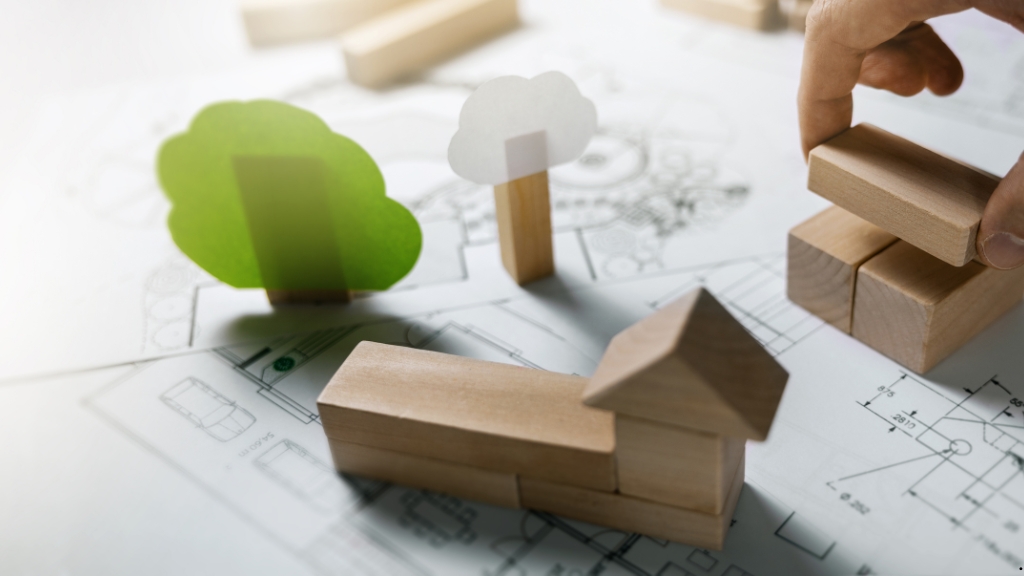
Mixing Digital and Physical: Discover the Future of Interactive Building Play
Imagine a world where the boundaries between digital and physical play dissolve, creating immersive experiences that spark creativity and collaboration. As technology advances, the way we interact with our surroundings is evolving. Interactive building play is at the forefront of this transformation, blending traditional play with digital enhancements to engage young minds like never before.
I’m excited to explore how this fusion of digital and physical elements is reshaping the landscape of play. From augmented reality tools that bring creations to life to smart building blocks that respond to touch, the possibilities are endless. Join me as I dive into the future of interactive building play and discover how it’s set to revolutionize the way we create, learn, and connect.
Overview of Interactive Building Play
Interactive building play combines digital technology with traditional play methods, creating an immersive experience that fosters creativity. Children engage with physical building blocks while digital features enhance their play. Tools like augmented reality (AR) overlay digital elements onto physical spaces, encouraging imaginative construction and exploration.
The integration of smart building blocks adds another layer. These blocks often include sensors, enabling interaction with digital applications. Children can receive instant feedback on their creations, enhancing learning through trial, error, and collaboration.
Interactive building play empowers children to develop essential skills. They enhance problem-solving abilities by navigating complex scenarios, improve spatial awareness through designing structures, and cultivate teamwork skills while collaborating with peers. Activities become more than just building; they transform into opportunities for critical thinking and social interaction.
As technology advances, the future of interactive building play looks promising. New innovations will likely emerge, further enriching the play experience and deepening connections among children, technology, and the physical environment.
The Rise of Digital and Physical Integration
Digital and physical integration is rapidly transforming interactive building play. The blend of technology with traditional play experiences captivates children’s imaginations and enhances collaborative learning.
Technological Advancements
Innovative technologies drive this integration. Augmented reality (AR) enables interactive overlays on physical structures, providing an enriched play environment. Smart building blocks incorporate sensors and connectivity, allowing children to receive real-time feedback on their creations. Apps tied to these tools offer tutorials and challenges, encouraging exploration and skill development. Robotics and coding platforms also add layers of complexity, pushing creativity further. Such advancements empower children to experiment, adapt, and explore concepts in a hands-on manner.
Benefits of Combining Real and Virtual Elements
Combining real and virtual elements presents numerous benefits. This integration fosters cognitive and social skill development. Children learn problem-solving through trial and error while collaborating on projects, which enhances teamwork. The tactile nature of physical building fosters spatial awareness, complemented by digital tools that allow for complex interactions. Engagement increases as children witness their creations come to life, bridging gaps between the physical and digital realms. Additionally, integrating technology promotes inclusivity, catering to diverse learning styles and preferences among children.
Examples of Interactive Building Play
Interactive building play showcases innovative ways that digital and physical elements combine to enhance creativity and engagement. Below are notable examples illustrating how this blend transforms play experiences for children.
Successful Case Studies
LEGO® Boost: This robotics kit combines traditional LEGO building with coding through an app. Children construct models like robots and vehicles, programming them using a simple interface. The integration encourages STEM learning by merging physical creativity with digital programming.
Osmo® Genius Kit: This interactive gaming system merges physical pieces with digital gameplay. Children use tangible blocks to solve challenges that the Osmo app generates. The combination enhances cognitive skills and encourages cooperative play among peers.
Kano® Kits: These computer kits allow children to build their own computers while learning to code through an engaging app. Each assembly step can lead to coding challenges and creative projects. This integration promotes logical thinking and technical skills development in a hands-on manner.
Innovative Products in the Market
Tango® Smart Blocks: Equipped with sensors, these blocks connect to an app that offers real-time feedback on creations. Interactive challenges encourage children to explore design and engineering principles while modifying their physical structures.
ThinkFun® Code Master: This game combines physical game pieces with a digital app for puzzle-solving. Children navigate their characters through various challenges using logic and coding concepts. The compact design fosters individual play or group collaboration.
Piper® Computer Kit: This product allows children to build a computer while engaging with an interactive game based on Minecraft. It promotes problem-solving skills and creativity by intertwining physical construction with digital game elements.
These examples demonstrate the potential of interactive building play to engage children, develop skills, and enhance collaborative learning through the seamless integration of digital and physical worlds.
Challenges and Considerations
Mixed interactive building play introduces several challenges that require attention for successful implementation. These challenges include balancing digital and physical experiences, as well as ensuring safety and durability.
Balancing Digital and Physical Experiences
Balancing digital and physical experiences remains critical in interactive play. Integrating technology should enhance, rather than overshadow, physical interactions. Developers face challenges in maintaining this equilibrium, as excessive digital reliance can distract from tangible creativity. It's essential to design experiences where children engage equally with physical components and digital enhancements. For instance, in smart building blocks, the physical act of building must complement the digital feedback, allowing for exploration and creativity without overwhelming traditional play methods.
Safety and Durability Issues
Safety and durability issues complicate the design and deployment of interactive building play products. Potential hazards may arise with electronic components, such as choking risks from small parts or electrical concerns in smart devices. Ensuring materials are non-toxic and robust is necessary for prolonged use, especially in environments where children play. Manufacturers need to conduct rigorous testing to meet safety standards while maintaining high-quality physical components that withstand wear and tear. By prioritizing these factors, developers can create safe, reliable products that inspire creative play without compromising children's well-being.
Conclusion
The fusion of digital and physical play is truly exciting. As I look ahead, I see endless possibilities for how this integration can reshape children's play experiences. With innovative tools like augmented reality and smart building blocks, kids can explore their creativity in ways we never imagined.
It's not just about play; it's about learning and connecting with others. By prioritizing safe and engaging experiences, we can ensure that technology enhances rather than distracts from the joy of building. The future holds great promise for enriching play, fostering collaboration, and inspiring the next generation of creators. I'm eager to see how these advancements will continue to evolve and impact our children's playtime.


